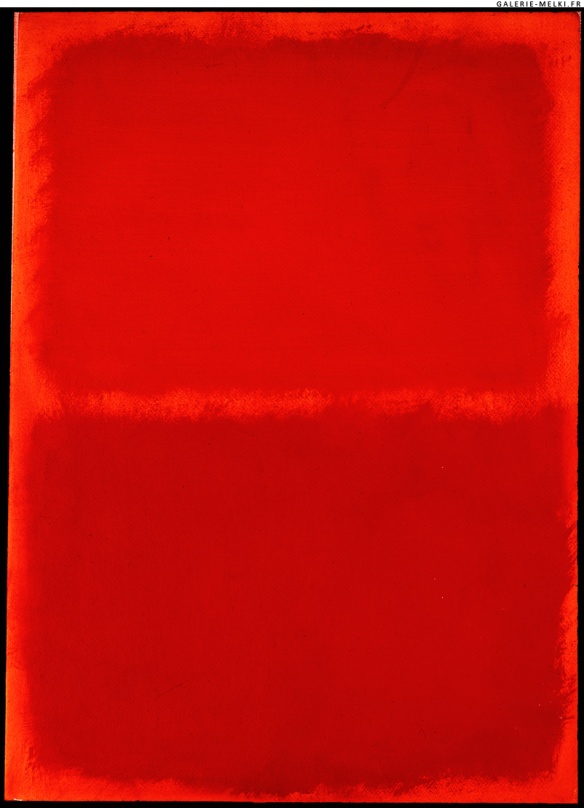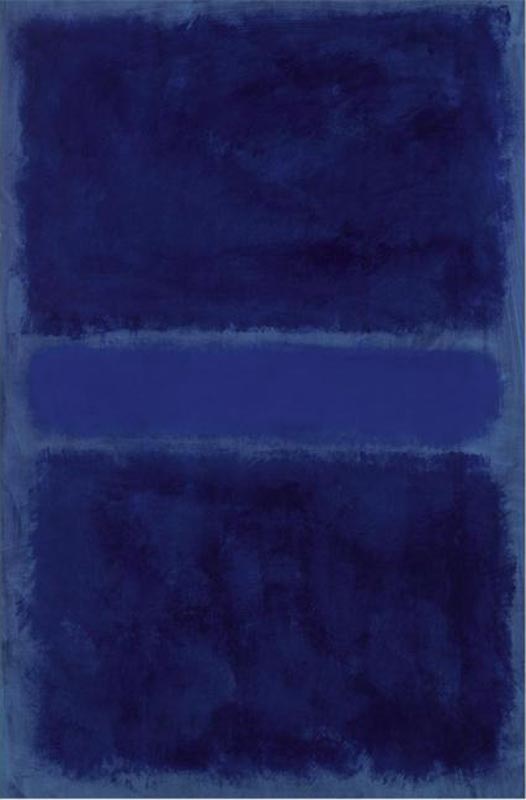 |
| Mark Rothko |
Orange Red Orange by Mark Rothko (1961-2)
Probably many of you are familiar with Rothko’s work. This is one of my favorites, among many.
March 14, 2013
It sold at Sotheby’s NY in 2009 for just under $3.4 million.
Rothko was born in Russia in 1903 and died in the US in 1970, committing suicide. During his lifetime he rejected labels for his style and his art, but the bold and glorious color canvases that he created celebrate abstract art, laying down a path for young artists of the 1960s and 1970s.
During his own youth, in the 1920s and 1930s, Rothko live din Portland and then New York, working and studying with emerging artists. His teacher was Milton Avery. He also worked for the WPA, then TRAP — government-supported bureaus that employed artists to work in public buildings across the nation.
Rothko was an intelligent and intellectual man, but he came to believe that his paintings should simply be organic and speak to the viewer-spectator in a straightforward manner, rather than require detailed knowledge or an understanding of color or art theory.
I love these paintings because I think they do, indeed, speak to the viewer in a resonant and organic manner. They are large, surprisingly large when one sees them like this, without reference.
But the colors connect, vibrate, react with one another and the soft-edged rectangles and lines work unerringly to create a sense of light, energy, relationships, space, depth and dimension similar to what one finds in more traditional pictures. But because of the simple shapes and colors, in a sense Rothko is right: one simply must “look” at the picture and allow it to have an affect. There is no sense of “figuring out” the subtext or meaning, the story or event depicted, no hidden messages or reliance on anything but the most basic blocks of meaning.
I love these. Of course, I understand why people don’t, as well.





Absolutely love the photo with the little boy standing in front of the Rothko! It's a piece of art in its own right.
ReplyDelete